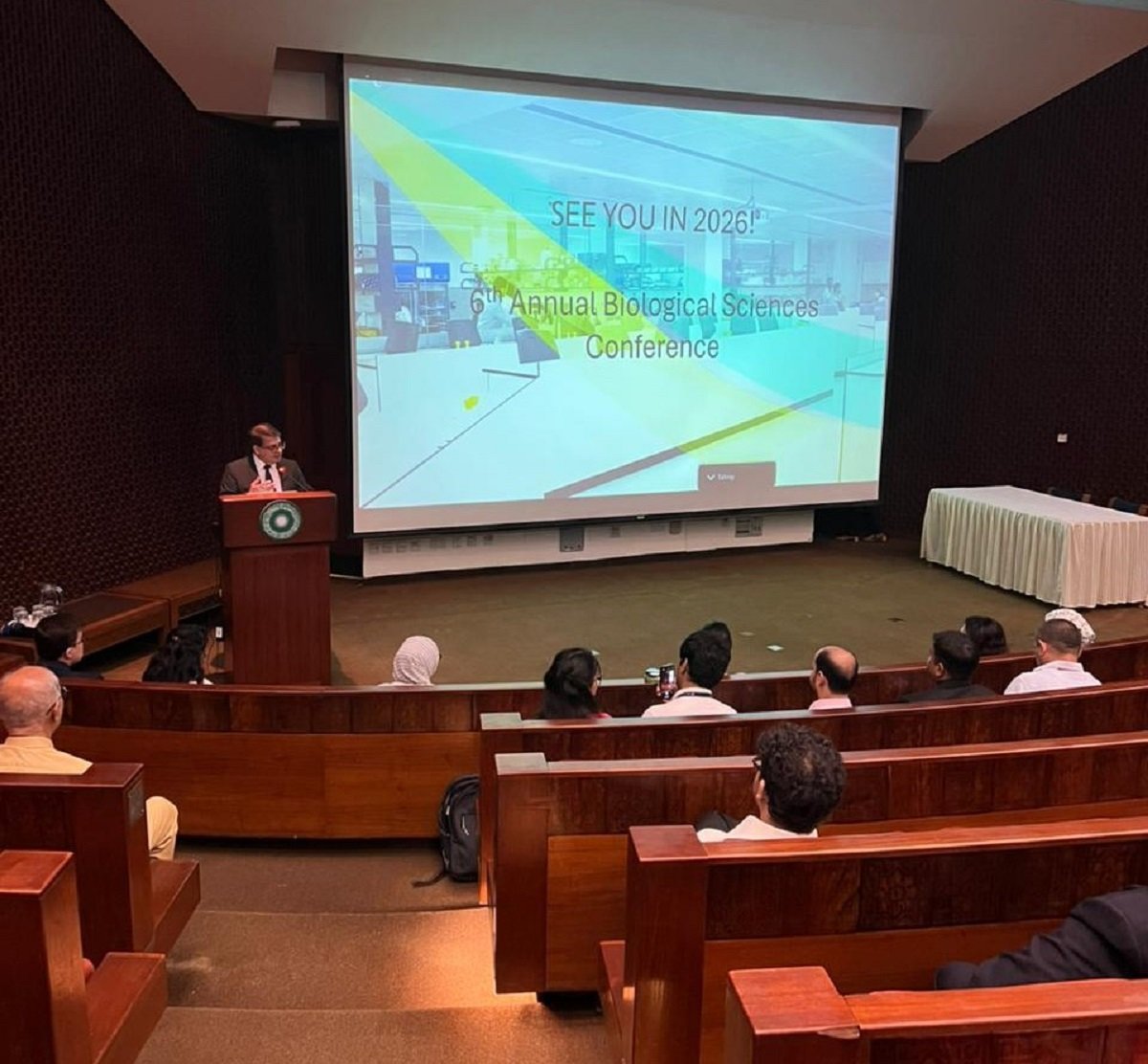Social media platforms are intended to increase engagement, not to protect your peace of mind.
Protect Your Mind: Take Control of Disturbing Content on Social Media. When graphic videos go viral, such as the recent fatal shooting of Charlie Kirk, it can seem impossible to protect yourself from seeing things you did not intend to see. However, there are steps you can take.
According to health experts, mental health issues are on the rise and depression is now world’s largest cause of disability.
Social media platforms are intended to increase engagement, not to protect your peace of mind. The major platforms have also reduced their content moderation efforts in the last year or so. That means upsetting content can reach you even if you never intended to watch it.

You are not required to watch every piece of content that appears on your screen, however. Protecting your own mental health does not imply avoidance or denial. Researchers who investigate ways to mitigate the negative effects of social media on mental health and well-being believe it is a means of preserving the bandwidth required to remain engaged, compassionate, and effective.
While the World Health Organization had already warned of a “sharp rise in problematic social media use” among Europe’s teens that it said is harming their mental health.
Why Does This Matter?
According to research, repeated exposure to violent or disturbing media can cause stress, anxiety, and feelings of helplessness. These effects are not only short-term. They gradually erode the emotional resources you need to care for yourself and others.

Protecting your attention is an example of care. Liberating your attention from harmful content is not the same as withdrawal. It is reclaiming your most potent creative force: your consciousness.
Just like food, not everything on the table is intended to be eaten. You would not eat spoiled or toxic food simply because it was served to you. Similarly, not all of the media in your feed deserves your attention. Choosing what to eat is an issue of health.
And, while you can select what you keep in your kitchen cabinets, you frequently have less control over what appears in your feeds. That is why it is beneficial to take deliberate steps to filter, block, and establish boundaries.
Practical Steps You Can Take1
Fortunately, there are simple ways to reduce the likelihood of being confronted with violent or disturbing videos. Here are four of my recommendations:
- Disable autoplay or limit sensitive content. These settings may change depending on the device, operating system, and app version.
- Apply keyword filters. Most platforms allow you to mute or block certain words, phrases, or hashtags. This reduces the likelihood that graphic or violent content will appear in your feed.
- Organise your feed. Unfollow accounts that consistently post disturbing images. Follow accounts that provide you with knowledge, connection, or joy instead.
- Set boundaries. Schedule phone-free time during meals or before bedtime. Research indicates that taking intentional breaks reduces stress and improves well-being.
Reclaim your agency - Social media isn’t neutral. Its algorithms are designed to capture your attention, even if it means amplifying harmful or sensational content. Passively watching only benefits social media companies. Choosing to protect your attention is one way to reclaim your agency.
The desire to follow along in real time can be strong, particularly during crises. However, refusing to watch every disturbing image is not a form of neglect; rather, it is self-preservation. Looking away protects your ability to act on purpose. When your attention is hijacked, your energy shifts to shock and outrage. When your attention is steady, you can decide where to focus it.
You are not powerless. Every boundary you set, whether it’s turning off autoplay, filtering content, or curating your feed, is a way to gain control over what comes into your mind. These actions lay the groundwork for being able to connect with others, assist others, and work toward meaningful change.





